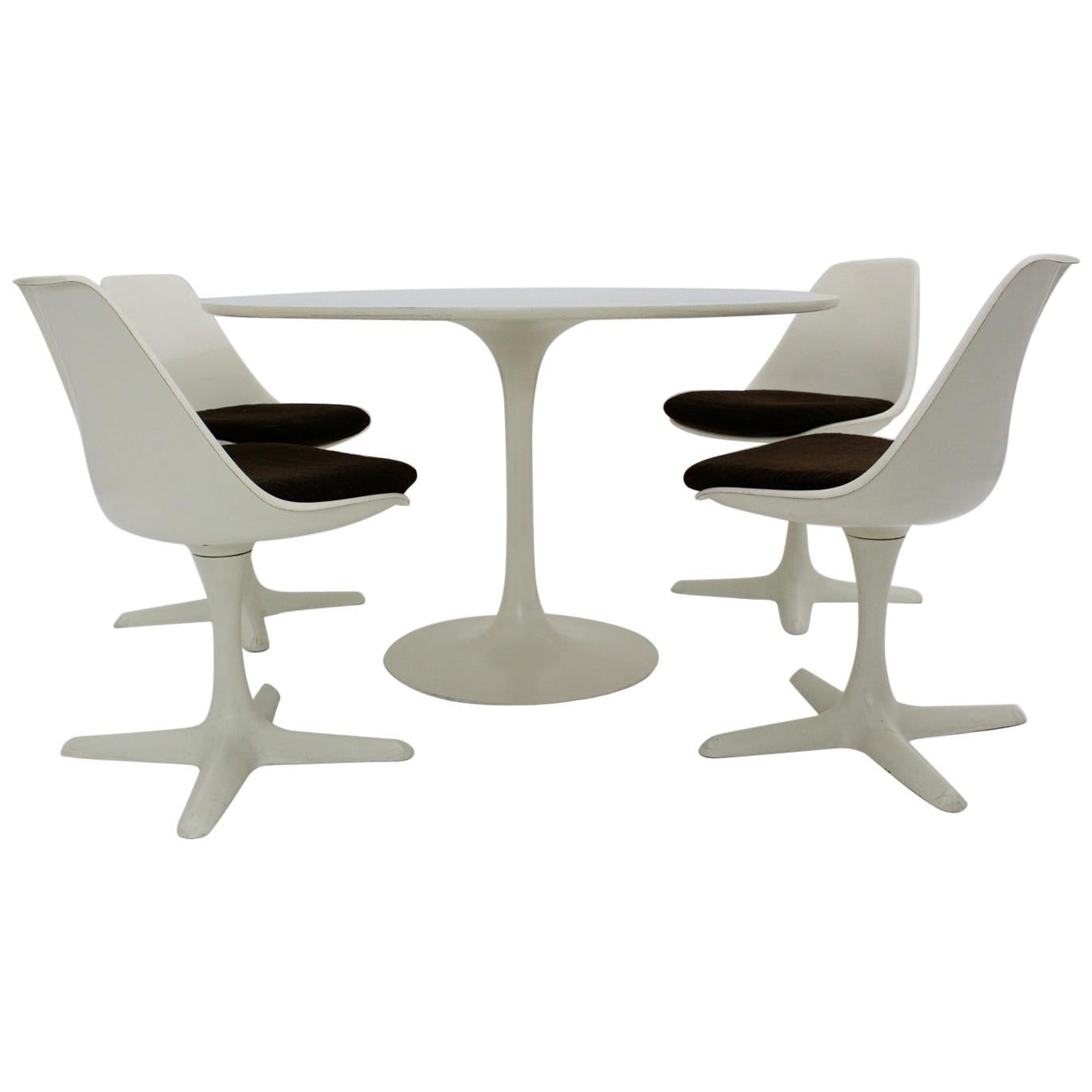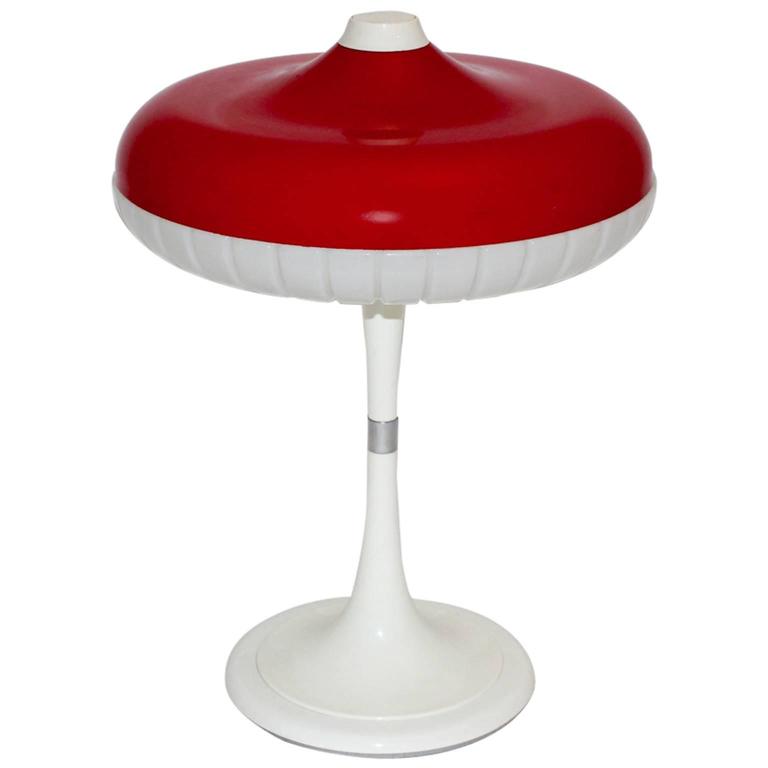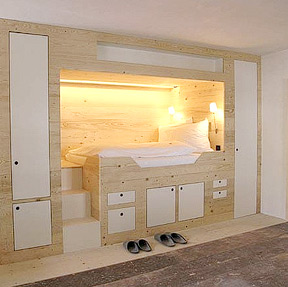
The practice of using natural objects as rudimentary pieces of furniture likely dates to the beginning of human civilization. The English usage, referring specifically to household objects, is specific to that language French and other Romance languages as well as German use variants of the word meubles, which derives from Latin mobilia, meaning "moveable goods". Thus fourniture in French means supplies or provisions. The English word furniture is derived from the French word fourniture, the noun form of fournir, which means to supply or provide.

The nineteenth century is usually defined by revival styles. The seventeenth century, in both Southern and Northern Europe, was characterized by opulent, often gilded Baroque designs. Furniture design expanded during the Italian Renaissance of the fourteenth and fifteenth century. The furniture of the Middle Ages was usually heavy, oak, and ornamented. The evolution of furniture design continued in ancient Greece and ancient Rome, with thrones being commonplace as well as the klinai, multipurpose couches used for relaxing, eating, and sleeping.

This era saw constructed wooden pieces, including stools and tables, sometimes decorated with valuable metals or ivory. Complex construction techniques such as joinery began in the early dynastic period of ancient Egypt. The first surviving extant furniture is in the homes of Skara Brae in Scotland, and includes cupboards, dressers and beds all constructed from stone. Early furniture from this period is known from artwork such as a Venus figurine found in Russia, depicting the goddess on a throne. Archaeological research shows that from around 30,000 years ago, people started to construct and carve their own furniture, using wood, stone, and animal bones. People have been using natural objects, such as tree stumps, rocks and moss, as furniture since the beginning of human civilization and continues today in some households/campsites. Furniture can be made using a variety of woodworking joints which often reflects the local culture. It can be made from a vast multitude of materials, including metal, plastic, and wood. In addition to furniture's functional role, it can serve a symbolic or religious purpose. Furniture can be a product of design and can be considered a form of decorative art. Furniture is also used to hold objects at a convenient height for work (as horizontal surfaces above the ground, such as tables and desks), or to store things (e.g., cupboards, shelves, and drawers). The most popular idea is rocking a monochromatic palette, all neutrals or maybe neutrals with pastels or going for something outstanding for this style – moody or bright colors, as I said below.Short visual history of furniture styles (from left to right): cloisonné plaque ( Assyrian), Chair of Reniseneb (Ancient Egyptian), metal brazier with satyrs from Pompei ( Greco- Roman), fall-front cabinet inlaid with ivory ( Indian), low-back armchair ( Chinese), casket with images of Cupids ( Byzantine), wood and ivory furniture fragment ( Islamic), chest ( Gothic), analogion ( Romanian Medieval), sideboard with two bodies ( Renaissance), gilded table ( Baroque), commode ( Rococo), armchair with cornucopia ( Louis XVI), secretary ( Empire), fauteuil a joues armchair (19th century Eclecticism and/or Revivalism), vitrine ( Art Nouveau), commode ( Art Deco), IKEA kitchen cupboards and a table with glass top (Contemporary)įurniture refers to movable objects intended to support various human activities such as seating (e.g., stools, chairs, and sofas), eating ( tables), storing items, eating and/or working with an item, and sleeping (e.g., beds and hammocks). Decide whether you’ll show that it’s a boy’s or girl’s room with colors – you can rock pink and red for girls or navy and grey for boys but the trend is mostly gender neutral rooms that don’t show any of these colors. Choose A Color SchemeĪs you’ve chosen contemporary style, it’s usually rather laconic and not very colorful, though you can rock moody or bright shades, too.

You can get some ideas of what this room should have inside, what furniture to use and how to make it cool.

We choose some contemporary teen bedroom examples for you, and these kids bedroom designs definitely could make any kid or teen happy. The kid should be proud of his or her room because it isn’t only the place where he or she sleeps and studies but is also a casual place for meeting with friends. Designing a contemporary teen bedroom is all about making the place cool, hype and practical. But what about teen rooms? Rooms for youngsters and teens are usually quite different. We write a lot about kids room designs because a lot of people have kids.


 0 kommentar(er)
0 kommentar(er)
